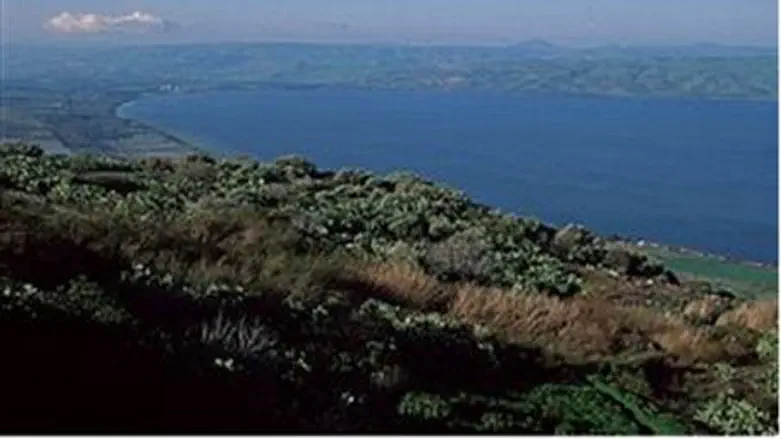
The water level of Lake Kinneret, also known as the Sea of Galilee, is slowly inching its way towards its maximum capacity, Water Authority officials say.
The lake’s level climbed five centimeters over the weekend, rising to 210.48 meters below sea level since Thursday.
The high-water mark for the Kinneret is 208.80 meters below sea level, above which point the lake would overflow its banks and flood the nearby city of Tiberias.
At that point, officials would be forced to open the gates of the Degania Dam, which divides the Kinneret from the southern Jordan River. Due to the scant rainfall in recent years, and the low water level of the lake, the Degania Dam has been closed most of the time. The dam gates are opened occasionally in the smaller section to allow water to flow in the southern Jordan River in order to maintain local ecology.
There are two “red lines” and one “black line” considered by environmental and water officials when assessing the condition of the lake.
The higher danger level, considered the lower “red line,” is -213.00 meters (below sea level). It is at this level that officials worry about possible penetration from the salt water streams beneath the Kinneret, into the fresh water of the lake. This might occur due to a weakening of the pressure exerted on the streams from a precipitous drop in the water level of the lake.
Water pumped from the lake and transported via the Israel Water Channel is used to supply at least one-quarter of all of the country’s water needs.
The lowest water level ever recorded was on November 29, 2001, and was -214.87 meters – known as the “black line” – 6.07 meters below the maximal elevation. At this point, it is considered dangerous to operate pumps to take water from the lake.